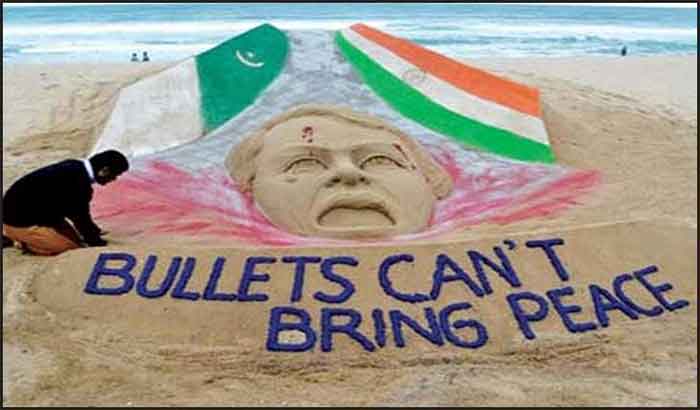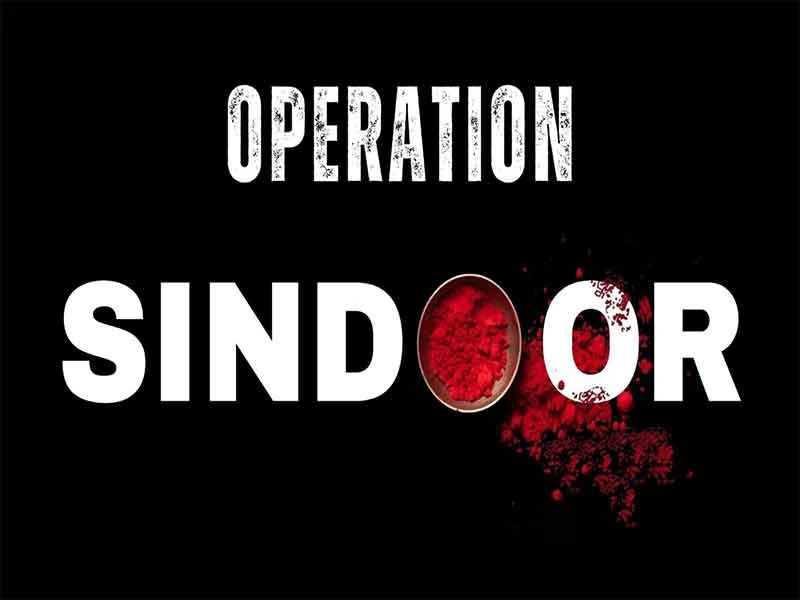
In the immediate aftermath of last week’s tense military standoff between India and Pakistan, Indian news reports proclaimed a string of overwhelming victories: precision strikes on a Pakistani nuclear base, two enemy jets downed, and a major assault on Karachi port — the heart of Pakistan’s oil and trade infrastructure. Each report offered detailed accounts. But none of it was true. A detailed article in the New York Times debated about this issue in detail, which also proclaims the status and credibility of Indian Media during the warfare times. In this article, we will be exploring how fake news or disinformation surged during the recent India-Pakistan conflict and how it established a narrative of fake and decisive elements in the media.
A Crisis of Credibility in the Age of Social Media
Disinformation overwhelmed both traditional and digital media platforms during and after the conflict. The volume of manipulated videos, AI-altered speeches, memes, and outright lies made it nearly impossible for audiences — on either side of the border — to distinguish fact from fiction. While propaganda has always accompanied warfare, social media has magnified its reach and impact exponentially. The spread of falsehoods was so vast and sophisticated that even professional newsrooms struggled to verify information in real time.
Press Freedom Under Strain in India
India’s media landscape has been shifting dramatically since Prime Minister Narendra Modi took office in 2014. According to press freedom advocates, there’s been a noticeable suppression of government-critical reporting. Many large television networks have aligned with state narratives, while only a handful of independent digital outlets continue to practice accountability-focused journalism — albeit with limited reach. This has hampered Indian media in an adverse fashion especially over the free media index at the global level bringing down the country at the bottom for free speech and free media.
Leading Journalist Apologizes for Broadcasting Misinformation
Rajdeep Sardesai, a well-known anchor from India Today, issued a public apology for airing unverified news about Pakistani jets being shot down. He later reiterated on his YouTube vlog that certain reports were likely part of an orchestrated disinformation campaign by right-wing entities under the banner of “national interest.” In this YouTube channel called Straight Bat by Rajdeep, he has pointed out such incidents and shared videos as to how things were blown out of proportion to showcase fake news in the media. He claimed that how Even 24-hour news channels fall into this trap, which is a matter of big concern in a country like India where Democracy rules the land.
Disinformation: A Tool of Emotional Manipulation
“Disinformation is deliberately crafted to provoke emotion, drive engagement, and sometimes obscure the truth,” explained Daniel Silverman, a political science professor at Carnegie Mellon University. Given the long-standing hostility between India and Pakistan, audiences on both sides are especially vulnerable to emotionally charged false narratives. In Indian media, we have seen such fake news passing through great pace only grab high TRPs by the channels and maximum number of views on the YouTube channels.
However, amidst all this fake world, the fact-checkers played their part to debunk the falsehoods. Indian fact-checking platform Alt News identified numerous instances where national TV channels, including Aaj Tak and News18, broadcast fabricated or misleading stories. Among the most prominent was the claim of a radiation leak following a supposed Indian strike on a Pakistani nuclear facility — a story that was thoroughly debunked.
Yet despite these corrections, the false narratives had already spread far and wide — even entering mainstream discourse.
Jingoism in Newsrooms: A Dangerous Trend
Analysts observed that during the four-day conflict, many media outlets prioritized nationalistic fervour over factual reporting. Anchors turned into cheerleaders, pushing unverified and sensational claims in the race for ratings.
One example was the viral story that the Indian Navy had attacked Karachi port. Maps and visuals flooded TV screens and social media platforms. However, fact-checkers later traced the explosion images to unrelated events in Gaza. The Indian Navy eventually clarified that although it had been on high alert, no strike was conducted.
Trusted Sources Becoming Disinformation Channels
Dr. Sumitra Badrinathan, a political science professor at American University, called the shift disturbing: “When previously trusted sources become disinformation outlets, it’s a really large problem.” She noted that the 2019 India-Pakistan conflict also saw misinformation, but what was different this time was that major and credible news outlets actively ran fabricated stories. Thus we come across a broken information ecosystem. “The information ecosystem is broken,” said Pratik Sinha, co-founder of Alt News.
While fact-checking can combat misinformation, it comes at a cost — including legal harassment. Alt News is currently fighting a defamation lawsuit and its journalists face continued threats. On the other hand, the TV’s massive reach in India also adds to the problem. India has over 200 million TV-owning households and around 450 private news channels. Television remains a dominant source of information, which makes the unchecked spread of false narratives even more dangerous.
Wrapping up -The Way Forward
As India’s media struggles with political pressures, commercial competition, and digital disruption, the latest wave of misinformation underscores the urgent need for media literacy, robust fact-checking, and institutional safeguards for press freedom.
Until then, the truth — especially in times of conflict — will remain increasingly difficult to find.
Subscribe to Our Newsletter
Get the latest CounterCurrents updates delivered straight to your inbox.
(Mohd Ziyauallah Khan is a freelance content writer & editor based in Nagpur. He is also an activist and social entrepreneur, co-founder of the group TruthScape, a team of digital activists fighting disinformation on social media.)














































